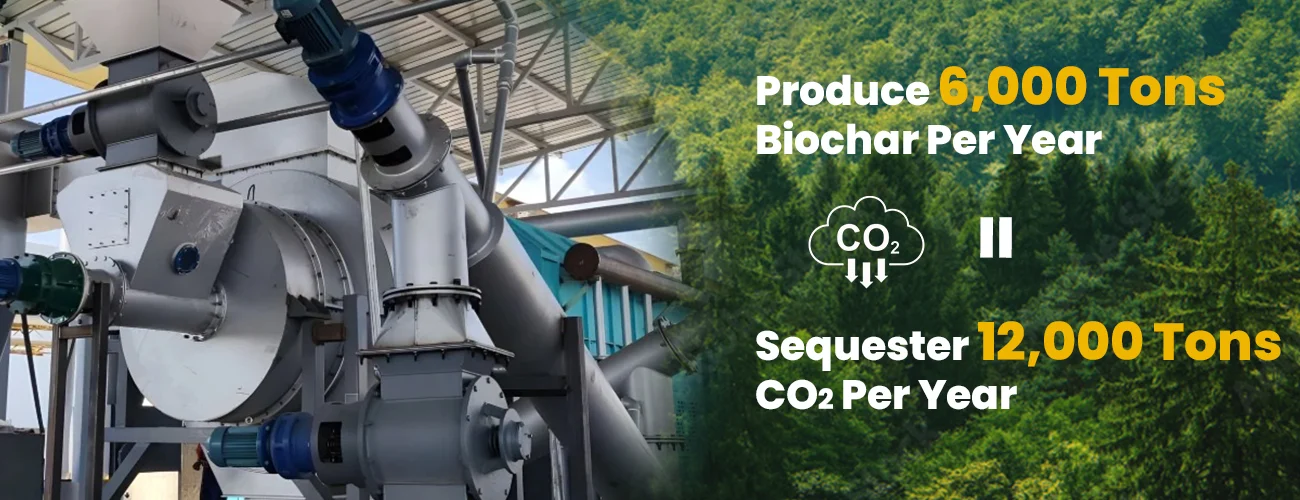The expansion of pyrolysis technology has shifted from niche waste recovery applications to a recognized instrument for carbon mitigation and resource circularity. Governments and regulatory bodies across the world are introducing frameworks to govern the environmental performance, emissions compliance, and carbon credit eligibility of thermal decomposition systems. These evolving policies are shaping investment patterns, influencing technology design, and redefining the economic landscape for carbon-neutral industries.
Regulatory Evolution and Environmental Compliance
Early pyrolysis operations were largely unregulated, focusing on waste reduction rather than carbon management. Today, nations are implementing stringent emission standards and life-cycle assessment criteria. Facilities must quantify greenhouse gas reduction, verify feedstock origin, and document the fate of produced carbonaceous materials. For instance, in Europe and Japan, certification schemes now require that the charcoal making process demonstrate measurable carbon stability and soil enhancement benefits to qualify as carbon sequestration. Similar frameworks are emerging in North America and Southeast Asia, where pyrolysis is being positioned as a formal component of national decarbonization strategies.
Influence on Equipment Design and Manufacturing
Charcoal making machine manufacturers are adapting rapidly to these policy shifts. Modern reactors integrate advanced gas purification systems, automated temperature control, and energy recovery modules to meet environmental compliance thresholds. Equipment scalability is also being refined to align with both industrial and decentralized installations. The regulatory push for low-emission production lines has accelerated innovation in continuous-feed systems and modular reactor architecture, ensuring consistent quality of outputs such as syngas, bio-oil, and solid carbon. These developments have redefined manufacturing standards across the pyrolysis equipment sector.

Carbon Credit Integration and Market Mechanisms
The integration of carbon credit mechanisms has become a critical driver for pyrolysis expansion. Under voluntary and compliance-based markets, entities that demonstrate long-term carbon storage through biochar application or reduced methane emissions from waste can earn tradable credits. To participate, producers must adhere to verified methodologies that quantify carbon retention over time. Projects utilizing biochar production equipment for sale are increasingly registered under certification platforms such as Puro.earth and Verra, providing transparency and traceability. This alignment with carbon markets transforms pyrolysis from a waste treatment solution into a financially rewarding climate mitigation asset.

Charcoal Briquetting and Value Chain Optimization
Beyond carbon credit revenue, the downstream utilization of pyrolysis products contributes to regulatory compliance and circular economy goals. The charcoal briquetting machine, for instance, allows fine biochar or carbon powder to be densified into uniform, transportable forms suitable for energy generation or soil application. Such post-processing reduces material loss, facilitates export, and enhances the measurable permanence of sequestered carbon. This closed-loop valorization structure reinforces the regulatory emphasis on sustainable resource use and minimizes the environmental footprint of the entire production cycle.
Global Outlook and Policy Convergence
The next phase of pyrolysis regulation is expected to harmonize measurement and verification protocols across regions. As carbon markets mature, the demand for scientifically validated data on carbon retention, energy efficiency, and emission offsets will increase. Policymakers are gradually recognizing the role of pyrolysis in bridging waste management, renewable energy, and climate mitigation objectives. Through continuous refinement of carbon credit policies and standardization of compliance frameworks, the technology’s global acceptance will expand—solidifying pyrolysis as a cornerstone of low-carbon industrial transformation.